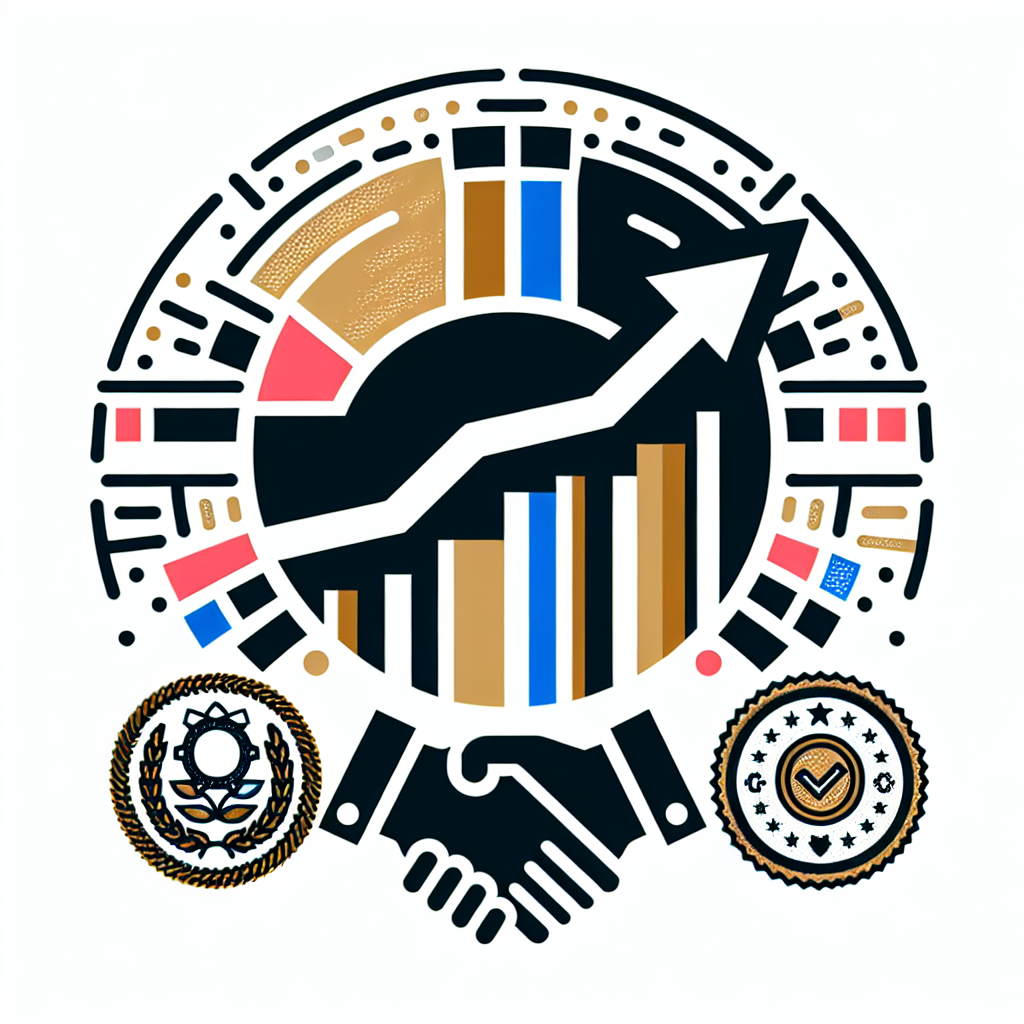
MSPs can grow by focusing on giving measurable value, earning trust, and being authentic with clients—these actions drive retention, referrals, and higher revenue.

They are five simple principles: deliver exceptional value, broaden your reach thoughtfully, put clients first, be genuine, and stay open to receiving help. For MSPs, this means proactive security, scalable processes, client-first communications, authentic branding, and active collaboration. These principles shift focus from short-term sales to long-term partnerships. They also guide decisions on pricing, service design, and staff training. Applied consistently, they build a repeatable path to growth.
Delivering more value than expected creates loyalty and generates word-of-mouth referrals. Examples include free security checks, tailored training, and proactive risk briefings that reduce incidents and tickets. Clients who see measurable benefit stay longer and often accept upsells. Over time, consistent over-delivery boosts reputation and enables premium pricing. That combination lowers churn and raises lifetime client value.
Automate routine tasks, define standard playbooks, and keep escalation paths for complex work. Implement tools for monitoring, patching, and alert triage so engineers focus on high-value problems. Use client tiers to match services to business size and expectations. Partner for niche capabilities rather than hiring for every specialty. Regular KPI reviews ensure SLAs and satisfaction remain strong as you grow.
Trust grows when you prioritize client outcomes and communicate transparently. Run quarterly business reviews that map technology to business goals and report measurable risk reductions. Be upfront about incidents, timelines, and remediation plans—honesty builds credibility. Offer clear ROI metrics and show improvements in uptime or security posture. Over time these behaviors make your team a strategic advisor, not just a vendor.
Authenticity makes your firm relatable and easier to choose. When you share your mission, process, and real client results, prospects see the people behind the service. Authentic interactions attract clients who align with your values and boost long-term loyalty. Case studies and straightforward communications often outperform polished but vague marketing. This reduces sales friction and improves retention.
Treat feedback as data for product improvement and partner with specialists to broaden offerings quickly. Run short surveys, follow up after major incidents, and adjust service tiers based on client needs. Forge alliances with security providers, insurers, and compliance experts to add capabilities without heavy hiring. Make referrals and integrations simple for partners and clients. Openness to ideas turns external insights into tangible growth levers.
Focus on retention rate, referrals, revenue per client, ticket trends, and client satisfaction scores. Retention indicates ongoing perceived value; referrals measure trust and reputation. Revenue per client and upsell rates show whether clients accept added value. Monitor ticket volumes to confirm automation reduces routine work without harming service. Combined, these metrics give a clear picture of progress.
Sales becomes consultative and outcome-focused rather than feature-led. Offer tiered packages with clear business benefits and include a few high-impact services as differentiators. Price based on the value you deliver—clients will pay for reduced risk and measurable uptime. Use concise case studies to justify premium tiers and avoid discounting. This approach shortens sales cycles by aligning offers with business goals.
Small teams should prioritize automation, a tight core service set, and partnerships for gaps. Automate monitoring and patching, document playbooks, and run focused quarterly reviews. Outsource niche work or partner with specialists to avoid full-time hires. Small teams can excel by being fast, personal, and deeply aligned with client needs. These moves create big impact with modest investment.
Avoid overpromising, skipping documentation, or scaling by hiring alone without process improvements. Don’t ignore client communication—misalignment destroys trust quickly. Underinvesting in automation, staff training, and partnerships limits growth. Instead, systemize repeatable excellence so scale doesn’t break the client experience. Continual measurement prevents small issues from becoming big problems.
Palisade provides tools and advisory help to deliver proactive security and measurable operational value. Use Palisade’s solutions to run assessments, streamline monitoring, and communicate risk reduction to clients. Partnering with Palisade can speed implementation and lets your team focus on client outcomes rather than tool maintenance. Explore Palisade MDR and security tools for MSPs here: Palisade MDR and security tools for MSPs.
Expect early wins in 3–6 months from automation and structured reviews, with larger revenue gains over 6–12 months as reputation and upsells grow. Track short-term KPIs to validate progress and iterate.
Yes—small MSPs benefit greatly by focusing on high-value services, automation, and partnerships instead of broad hiring. This model reduces overhead and increases client stickiness.
Start by mapping client journeys, automating routine tasks, and introducing quarterly business reviews. Those moves reduce workload and create clear upsell opportunities.
Translate technical metrics into business outcomes: uptime, cost avoidance, and reduced breach risk. Use one-page summaries and short dashboards that show before-and-after impact.
Yes—proactive monitoring, patching, user training, and rapid response playbooks lower both incident frequency and impact. Measure incident trends to confirm improvements.